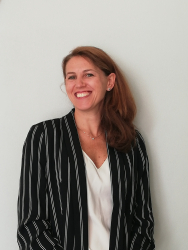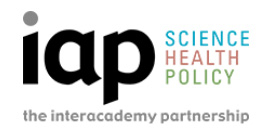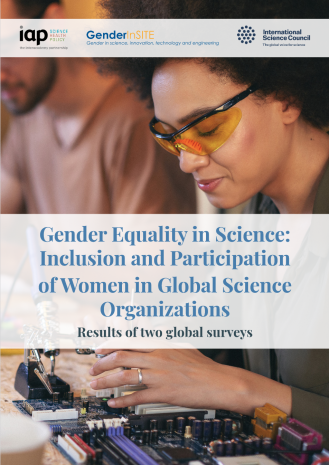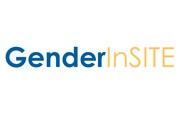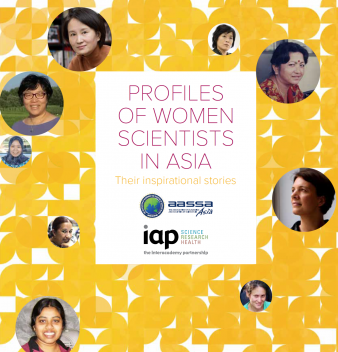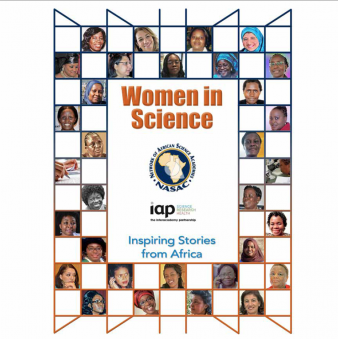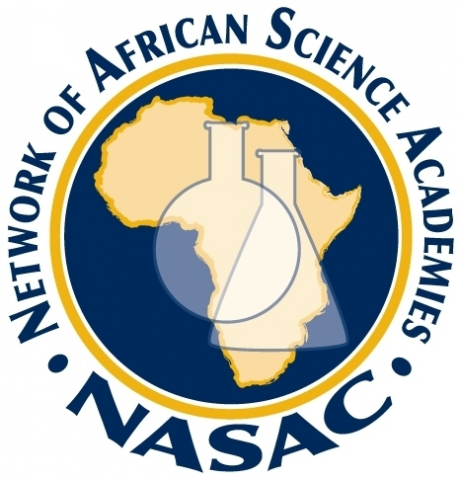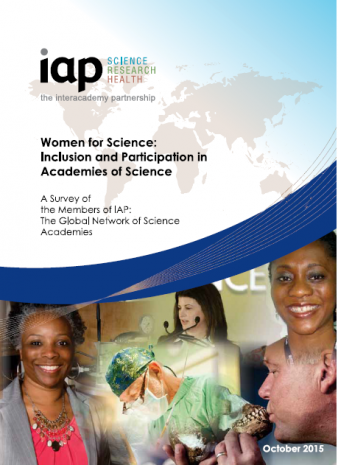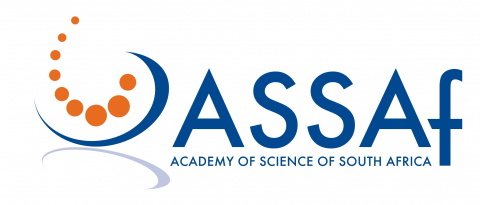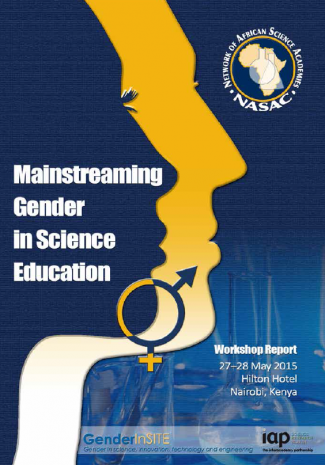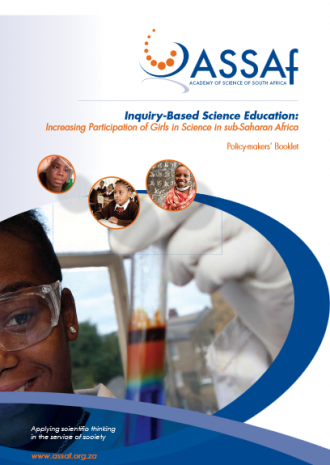Advancing gender equality in scientific organizations
Overview
The 'Advancing gender equality in scientific organizations' project seeks to identify the key barriers and drivers to the leadership of women scientists in scientific organizations, such as academies of science, medicine and engineering, as well as global disciplinary science unions and identify successful strategies. By combining quantitative data with qualitative insights, this initiative aims to assess progress, update baselines and provide actionable recommendations to improve gender equality in scientific organizations.
Background
Despite making up 33% of researchers worldwide, women comprise only 12% of science academy members. This disparity highlights deep-rooted structural and cultural barriers that limit women’s access to leadership roles in scientific organizations and raises critical concerns about equity, representation and the full utilization of scientific talent in science organizations.
IAP’s Commitment to Gender Equality in Science
This study aims to update key baselines and deepen understanding of the structural and cultural challenges facing women scientists. Conducted in partnership by the InterAcademy Partnership (IAP), the International Science Council (ISC) and the Standing Committee for Gender Equality in Science (SCGES), it builds on the 2016 IAP survey, which called for greater engagement of science academies in promoting women’s careers and leadership in STEM fields; the science union-led Gender Gap in Science project and the 2021 IAP-ISC gender in science survey – incorporating their recommendations to guide its approach and ensure continuity in advancing gender equality efforts. IAP has long championed the inclusion and participation of women in science. The 2016 IAP survey and the 2021 ISC-IAP study on gender equality revealed ongoing disparities. These findings reinforced the need for systemic change and institutional reforms to ensure equal opportunities.
This project stands out by addressing gender equality in science at the organizational level, focusing specifically on the representation and participation of women within science academies, scientific unions and science societies. Unlike many initiatives that concentrate on individual career trajectories or broader societal challenges, this project targets the structures and cultures of scientific organizations themselves, identifying systemic barriers and drivers of change and developing actionable recommendations.
By advancing these efforts, IAP seeks to drive long-term change, ensuring that gender equality is embedded in governance structures, leadership pathways and institutional policies. The project also advocates for the establishment of monitoring and evaluation mechanisms to track progress over time.
Our approach
This project uses both quantitative and qualitative methods to evaluate progress in gender equality within scientific organizations affiliated with the IAP, ISC and SCGES.
The project taskforce, composed of partner representatives, is developing a revised quantitative survey to update data on the representation and participation of women in scientific organizations. In parallel, the qualitative component includes an inquiry based on a written survey and interviews with women scientists to explore structural challenges and identify best practices based on their experiences.
The qualitative approach builds on insights gained from a pilot study, which tested methods for understanding the drivers and barriers to women’s representation in scientific organizations and the successful strategies that can be used. The pilot involved interviews with 10 women scientists, which uncovered valuable insights into the barriers they face and strategies they use to overcome them. Key findings from these interviews were captured in the blog series Women Scientists Around the World: Strategies for Gender Equality, informing the current project’s approach.
The findings from both the quantitative and qualitative methods will be compiled into a report with actionable recommendations, serving as a foundation for discussions and potential concerted initiatives by scientific organizations. Ultimately, the project seeks to foster systemic change by supporting the implementation of practical monitoring and evaluation systems to track progress and strengthen gender equality initiatives across member organizations.
Taskforce
The taskforce, comprised of scientists representative of partners, will guide and oversee the effective implementation of the 2025 study on Gender Equality in Science Organizations.
Current taskforce members are:
- Carol Woodward (Chair, Standing Committee for Gender Equality in Science (SCGES); International Council for Industrial and Applied Mathematics (ICIAM))
- Mark Cesa (Treasurer, SCGES; International Union of Pure and Applied Chemistry (IUPAC))
- Marie-Françoise Roy (Communication Officer, SCGES; International Mathematical Union (IMU))
- Peter McGrath (Coordinator, InterAcademy Partnership (IAP))
- Supawan Tantayanon (President, Council of Science and Technology Professionals of Thailand)
- Palesa Sekhejane (ISC Fellow; Interim Executive Head, Human Sciences Research Council (HSRC))
- Léa Nacache (Project Coordinator, International Science Council (ISC))
Thanks to the support of the InterAcademy Partnership, two data specialists were hired
Expected impact
The project aims to drive meaningful and lasting change within global scientific organizations by promoting documented best practices that ensure equal opportunities for women. It also emphasizes the importance of systemic monitoring, advocating for the establishment of ongoing evaluation mechanisms to measure progress, identify gaps and support the continuous improvement of gender equality initiatives across member organizations.
By advancing these efforts, the project seeks to foster a cultural transformation that prioritizes diversity, equity and inclusion at all levels of scientific organizations.
The IAP-ISC-SCGES 2025 initiative was also presented on 28 January 2025, during the Third ISC General Assembly in Muscat, Oman. The dedicated session explored strategies to address gender disparities in science and aimed at improving women’s representation and participation in scientific organizations and showcasing successful partner-driven efforts in academies, unions and councils. Half of the session was dedicated to an open discussion, inviting participants to share insights, discuss challenges, and provide feedback to help shape the initiative and foster a more inclusive and equitable future in science. Watch the full session:
Join Us
We invite scientific institutions, policymakers and donors to collaborate with us in advancing gender equality in science leadership. Whether through funding, research collaboration, or policy implementation, your support will help drive a more inclusive and equitable future for science.
For more information, please contact: Sheila Perosa at sperosa@twas.org
Past activities: Study on the Inclusion and Participation of Women
- In collaboration with GenderInSITE (Gender in Science, Innovation, Technology and Engineering), the IAP and the International Science Council (ISC) surveyed more than 120 global science organizations to gather data on women’s membership and participation, and on the adoption of policies and structures to improve gender equality.
- Building on a 2016 survey on gender equality, this study measured the extent of progress on gender equality, and whether previous recommendations had been implemented. Read and download the survey here.
- The study, published in October 2021, found that women are still under-represented, and called for the establishment of a coalition on gender equality to coordinate transformative action. Read and download the study here.
- Follow-up: IAP has also participated in meetings organised by ISC with international science bodies to identify additional actions to foster gender equality in science. Participants included The World Academy of Sciences (TWAS), Organization for Women in Science for the Developing World (OWSD), World Federation of Engineering Organizations and the Global Research Council.
Project
Publications
Project
Updates
People and Institutions
